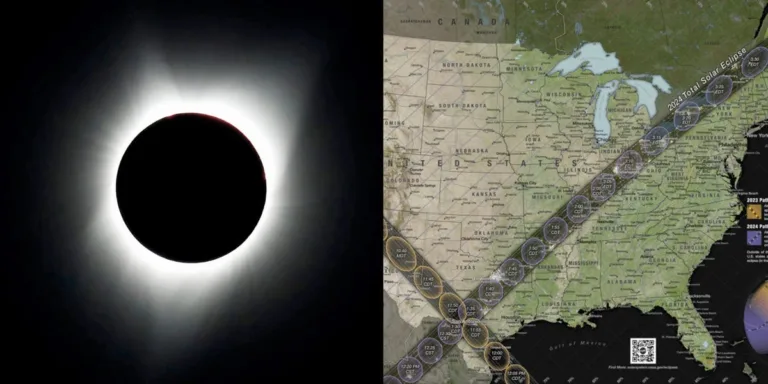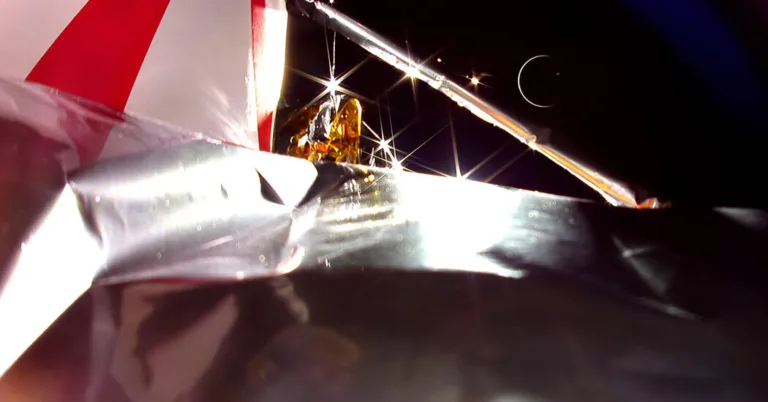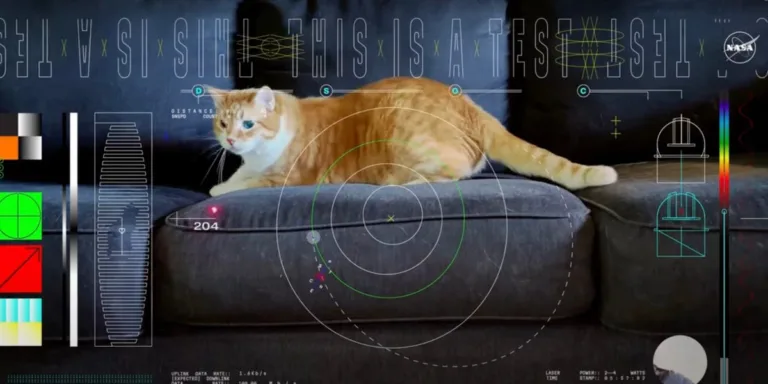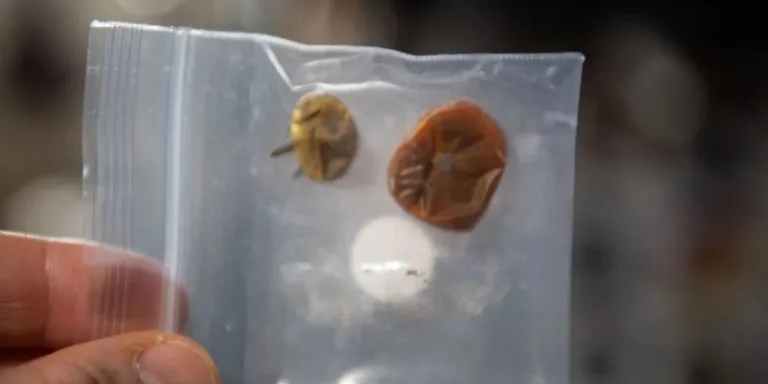Get Ready for the Spectacular Total Solar Eclipse in April 2024
Millions of people in the US will have the opportunity to witness a spectacular total solar eclipse on April 8, 2024. Highly populated areas, such as Dallas, Cleveland, and Indianapolis, will be directly in the path of the eclipse, making it easily viewable for many. NASA is encouraging citizen scientists to participate in data collection during the event, using telescopes, cameras, and even smartphones. This total solar eclipse is expected to be more accessible and longer than its predecessor, providing a fascinating opportunity for scientific research and public engagement.




